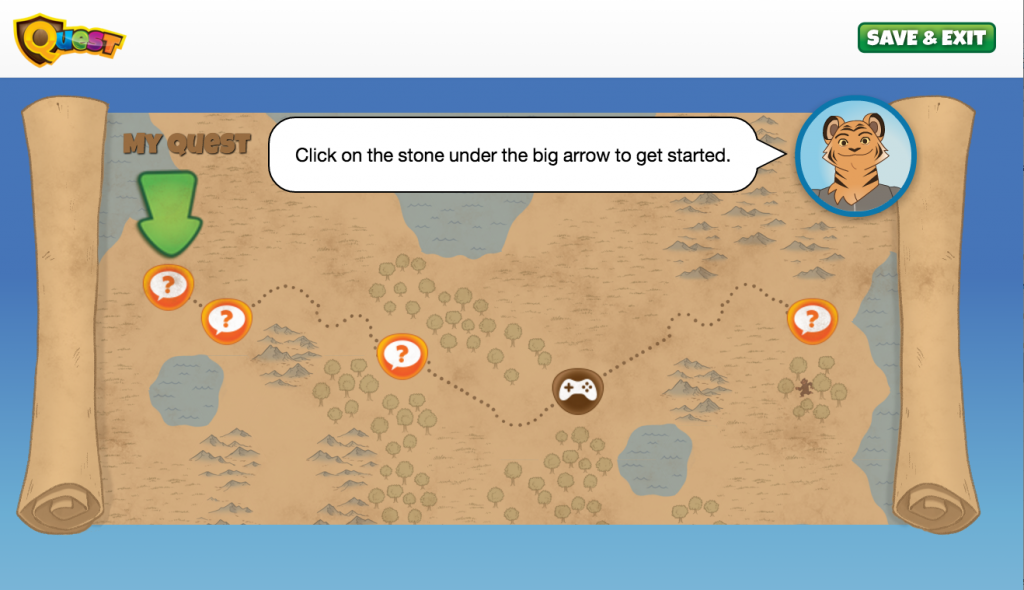Accessibility measures
Built-in accessibility tools (e.g., text-to-speech, synchronized highlighting) address learning challenges and maximize children’s engagement and motivation in the data collection process.
Gamified assessment
A game-like environment with a selection of engaging, developmentally appropriate user interfaces and selectable avatars engages children in the assessment.




